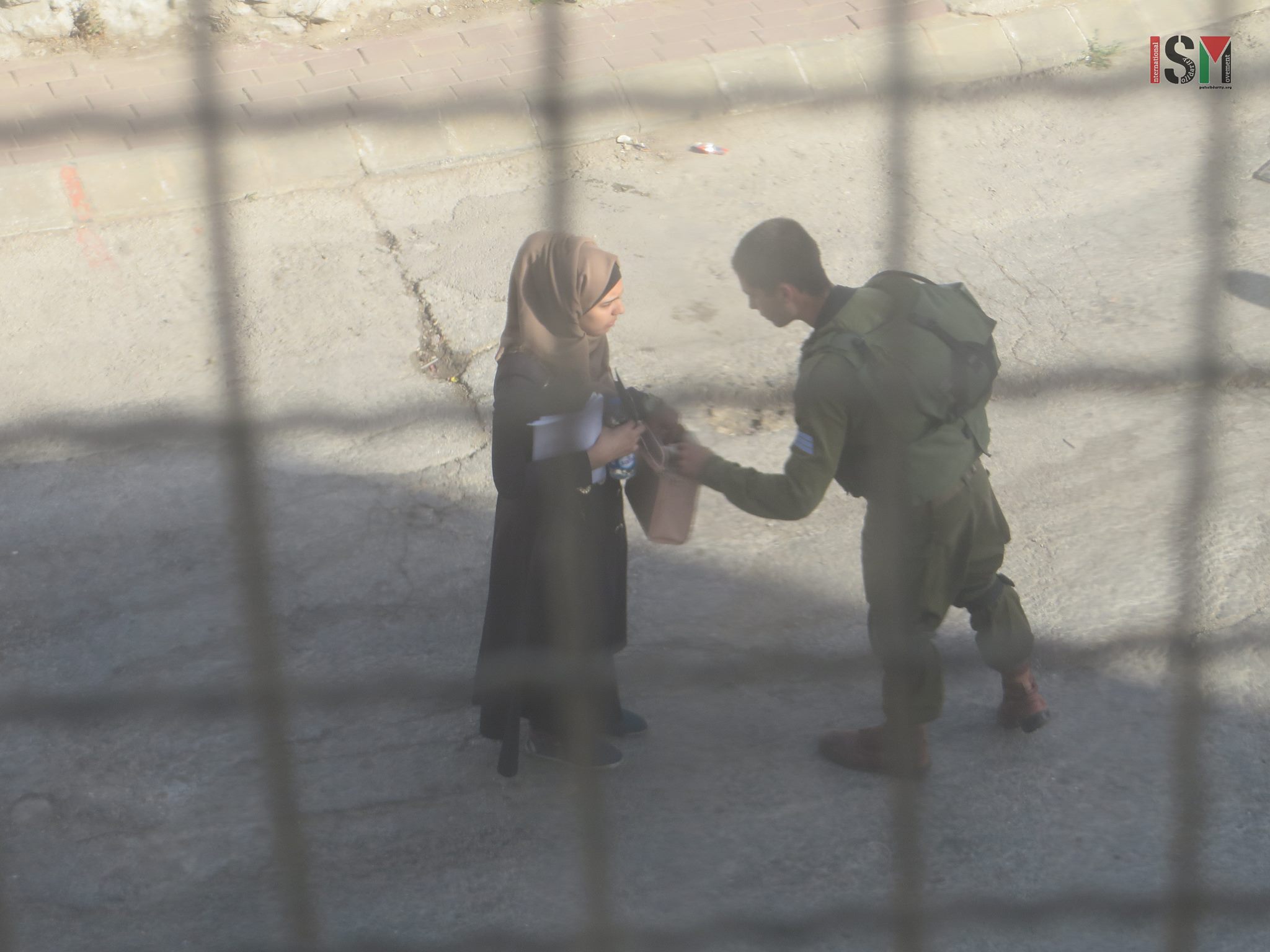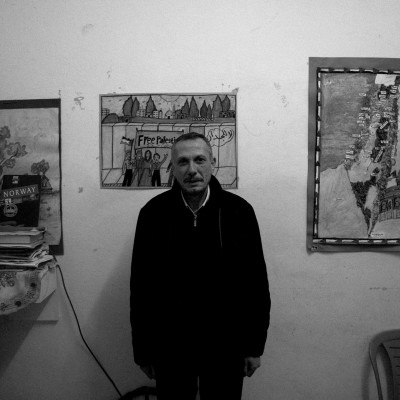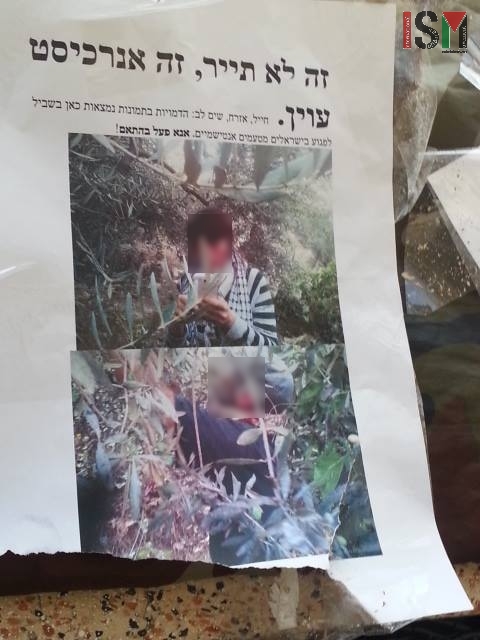-
Increasing harassment and direct threats of Palestinians and internationals in al-Khalil
22nd October 2015 | International Solidarity Movement, Al-Khalil team | Hebron, occupied Palestine Today in the morning, Israeli forces harassed international human rights observers monitoring a checkpoint in occupied al-Khalil (Hebron) on settlers orders. Two internationals were monitoring the stairs leading up to two schools from segregated Shuhada street. Palestinians are forced to take the […]
-
ISM mourns the death of longtime supporter and friend, Hashem Azzeh
21st October 2015 | International Solidarity Movement, Al-Khalil team | West Bank, occupied Palestine Long term supporter and friend of ISM, Hashem Azzeh, has tragically passed away today aged 54, following health complications exacerbated by the conditions in Al-Khalil (Hebron). Hashem, who had a long-term cardiac condition, called for an ambulance on feeling discomfort in […]
-
Settlers call for attacks on International human rights defenders in al-Khalil (Hebron)
21st October 2015 | International Solidarity Movement, Al-Khalil team | West Bank, occupied Palestine ”These are not tourists. These are hostile anarchists. Soldiers and residents pay attention, the characters in these photos are here to harm Israelis for anti-semitic reasons. Act accordingly.” This message, written in Hebrew, was posted by a machine gun-wielding illegal Israeli […]
Action Alert An Nabi Saleh Apartheid Wall Arrests BDS Bethlehem Bil'in Cast Lead Demonstration Denial of Entry Ethnic Cleansing Farmers Gaza Global Actions Hebron House Demolition International law Israeli Army Jerusalem Live Ammunition Nablus Ni'lin Prisoner Ramallah Rubber-coated steel bullets Settlement Settlers Settler violence Tear-Gas Canister Video



